Breaking Down 4 Recognised and Frequently Employed Sustainability Standards
We live in a world where every decision you make about your home has a far-reaching impact. In an era where energy efficiency isn’t just a buzzword but a necessity, conscious choices in construction and design can be a powerful force for change. The path to sustainable living is paved with numerous certifications and groups, each offering their own vision of a greener future. However, navigating this landscape can be a daunting task, given the intricacies and global diversity of these standards. As the construction industry continues its journey towards environmentally responsible practices, we’re witnessing the rise of promising trends, widespread adoption of minimum benchmarks, and the ascent of visionary initiatives. To guide you through this complex terrain and empower you in your upcoming project, we’ve carefully selected four widely recognised and frequently employed sustainability standards.
1. Passive Passion
Picture yourself living in a cozy, contemporary home with no drafts, consistent temperatures throughout, and, amazingly, almost no heating or cooling expenses. These comfortable surroundings may seem too good to be true, yet for residents of a Passive House, they are the norm.
Homes and structures that adhere to the International Passive House standard were initially built in Germany and use super insulation, passive solar heat gain (direct sunlight), shading, cutting-edge window technology, airtightness, and heat recovery (recovering waste heat from lighting, other electrical devices, body heat, etc.) to work with their environment. A Passive House may feature a tiny wood burner or micro-heat pump as an additional heat source to warm the water tank, but in general, the energy and capacity requirements for heating and cooling are quite minimal, using no more than 60kwh of primary energy each year. This can be very close to zero in the best cases. Certified Passivhaus homes typically have heating expenditures that are one-tenth of the UK average, so occupants of a three-bedroom semi-detached house might anticipate heating bills of about £50 annually it’s important however to make the decision of building a Passivehaus right from the start.
 "Passivhaus only works if the right design decisions are made from day one. If an architect starts by drawing a large window, for example, then the energy loss from it might well be so great that any amount of insulation elsewhere can't offset it. Architects don't often welcome this intrusion of physics into the world of art." - Professors Jo Richardson and David Coley
"Passivhaus only works if the right design decisions are made from day one. If an architect starts by drawing a large window, for example, then the energy loss from it might well be so great that any amount of insulation elsewhere can't offset it. Architects don't often welcome this intrusion of physics into the world of art." - Professors Jo Richardson and David Coley
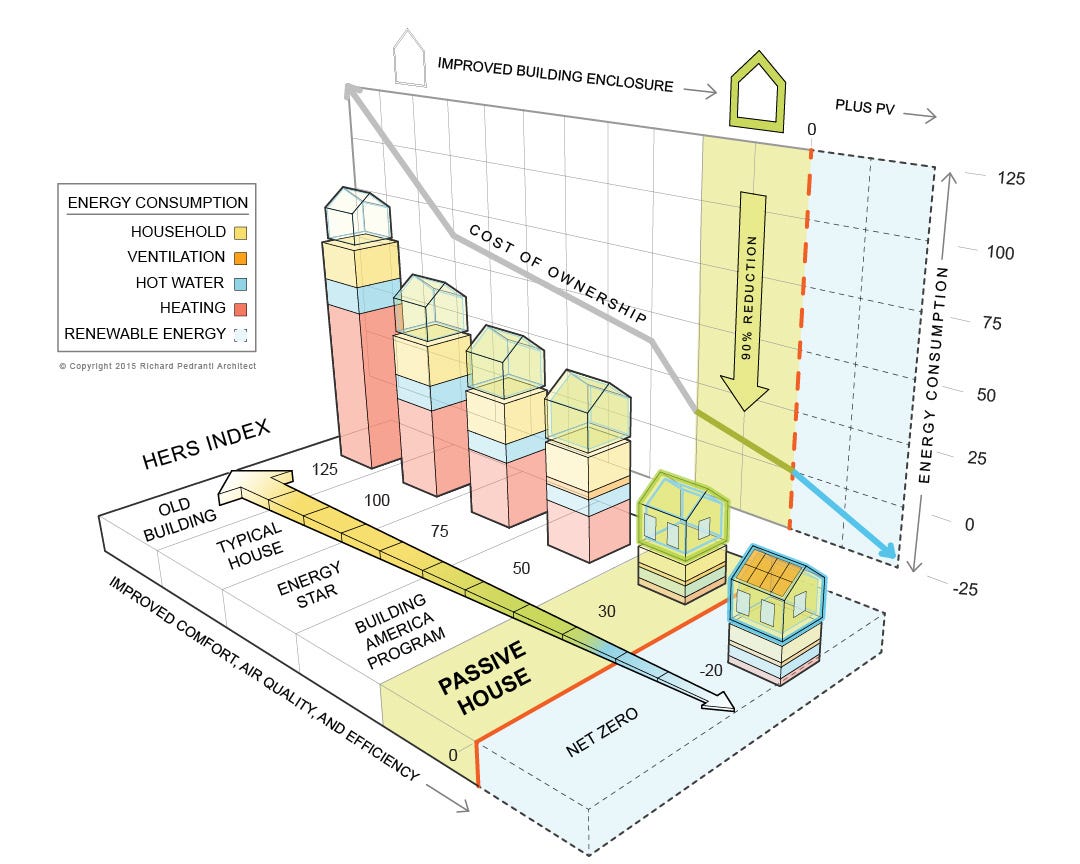
Figure by RPA
2. YES to Certifications!
a. BREEAM Certification
The rate of urbanization worldwide is at an all-time high. Since the built environment is responsible for about 50% of global greenhouse gas emissions, it has a huge impact on climate change.
Environmental evaluation approaches like BREEAM aim to minimize the impact of buildings on the environment throughout the building’s life span, from the early design and planning stages to construction.
A building’s sustainability level and benefits to the parties involved in its life cycle are evaluated by BREEAM. The analysis takes into account elements including the economy, environment, and society. It also accounts for energy-efficient lighting, reduced water usage, and efficient heating systems. This will eventually reduce the cost of maintaining and renovating structures.
Several of the Sustainable Development Goals defined by the United Nations are aided by the application of BREEAM standards. These objectives are intended to promote a more positive and sustainable future on a global level. 8 different categories of evaluation are included in the BREEAM certification’s objectives:
- Ecology
- Energy and Water Use
- Internal environment (health and well-being)
- Management processes
- Materials
- Pollution
- Transport
- Waste
The BREEAM ratings range from Unclassified through Pass, Good, Very Good, Excellent, and Outstanding, and these grades are reflected on the BREEAM certification as a sequence of stars.
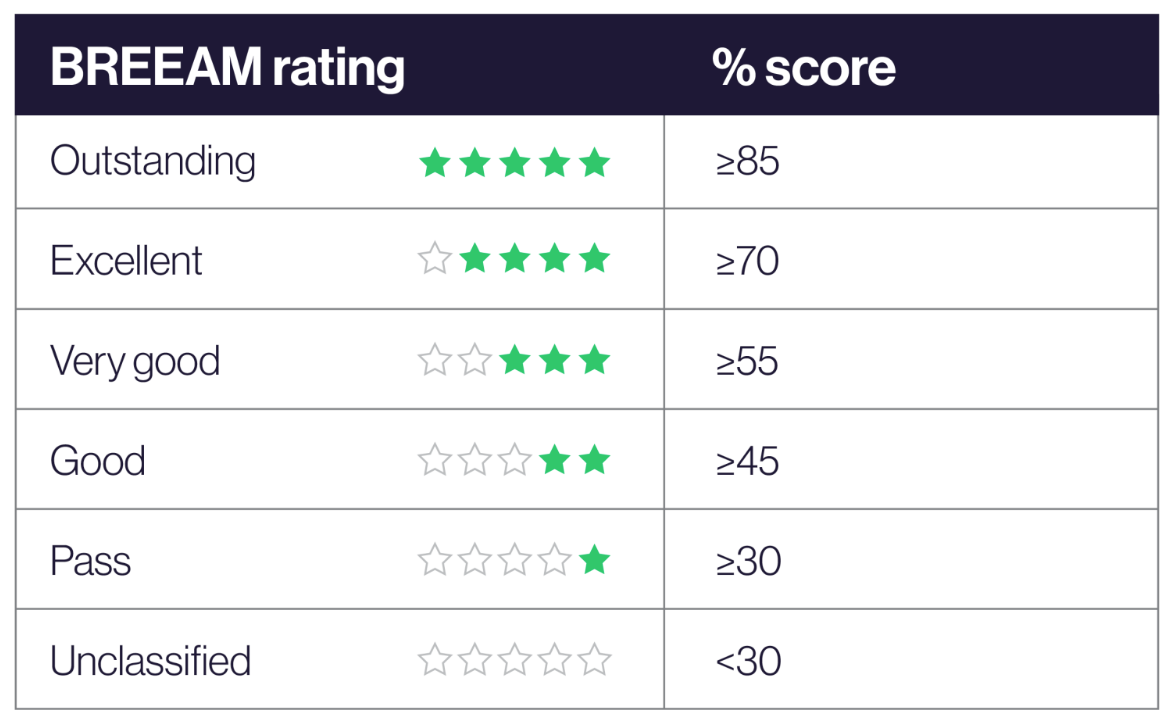
BREEAM Ratings by Bre Group
b. LEED Certification
A point-based evaluation system that assesses important elements of green buildings forms the basis of LEED certifications. Buildings must achieve points across nine fundamental categories in order to receive LEED credentials:
- Location and transportation
- Sustainable sites
- Water efficiency
- Energy and atmosphere
- Materials and resources
- Indoor environmental quality
- Innovation
- Regional priority
Based on the total points earned throughout the evaluation, a project can be issued one of the four certifications. LEED Certified, Silver, Gold, and Platinum.
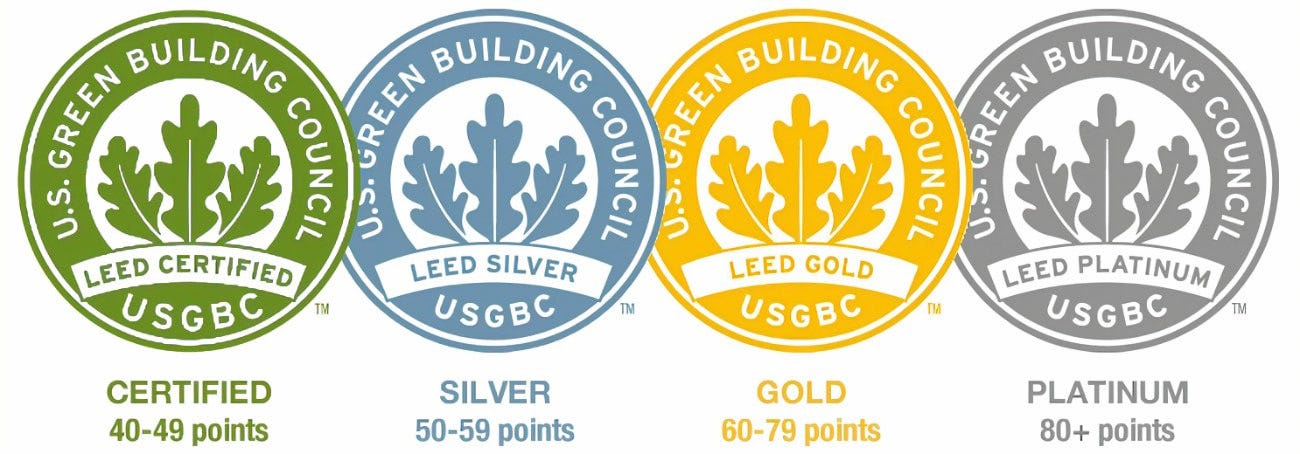
LEED rating system by GBA
LEED certifications offer economic advantages by prioritising building efficiency and cost reduction, with a focus on energy, water, and maintenance savings. Environmentally, these certifications aim to reduce CO2 emissions, promote water conservation, minimise waste, and efficient material use. From a health perspective, sustainable development improves indoor conditions, leading to increased productivity, better air quality, and enhanced comfort for occupants.
c. R-2000 Certification


R-2000 is a Canadian standard that was updated in 2012 and was created more than 35 years ago. These certifications and labels are provided by NRCan to homeowners who have used skilled contractors and had the energy efficiency of their homes evaluated by an impartial third party. An R-2000 home will have high levels of insulation in the walls, ceilings, and basements, as well as high-efficiency windows and doors, high-efficiency heating, whole-house mechanical ventilation, airtightness, and water-saving fixtures. An R-2000 home will typically be 50% more energy efficient than a house constructed to the minimum code.
In order to help guide your decisions when it comes to the best practices for energy efficiency in buildings, we worked on the below chart that rates the practices by impact and ranks them accordingly.
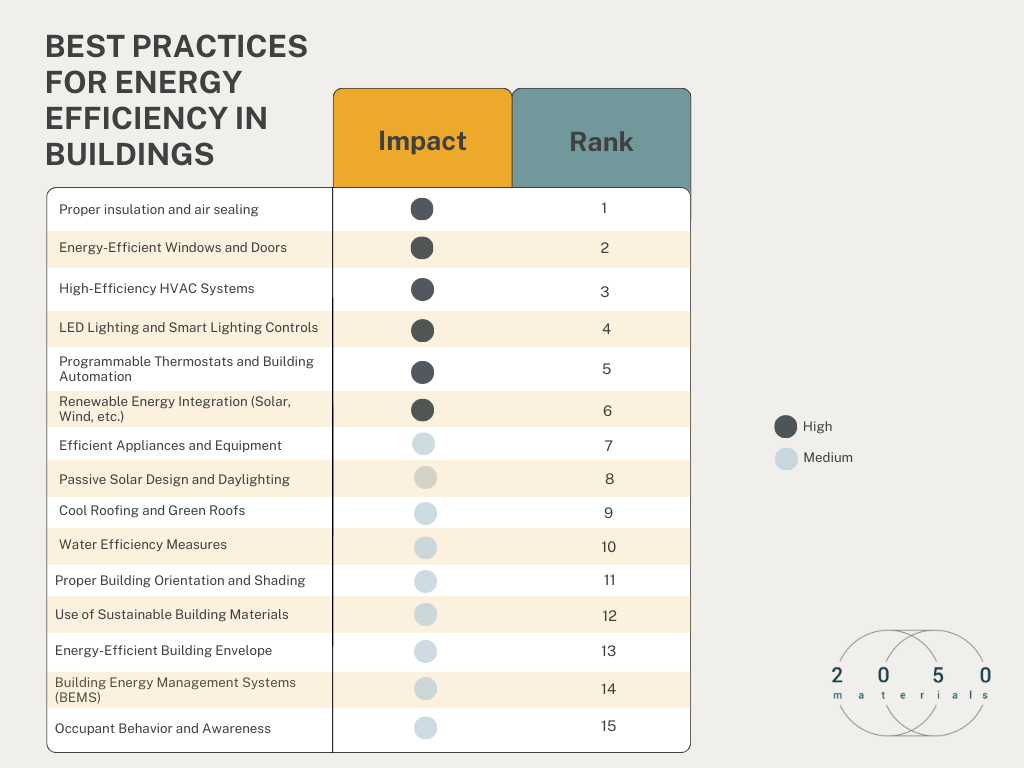
Illustrated chart for “Best Practices For Energy Efficiency in Buildings” by 2050 Materials
We did the same for the best practices for reducing embodied carbon in buildings.
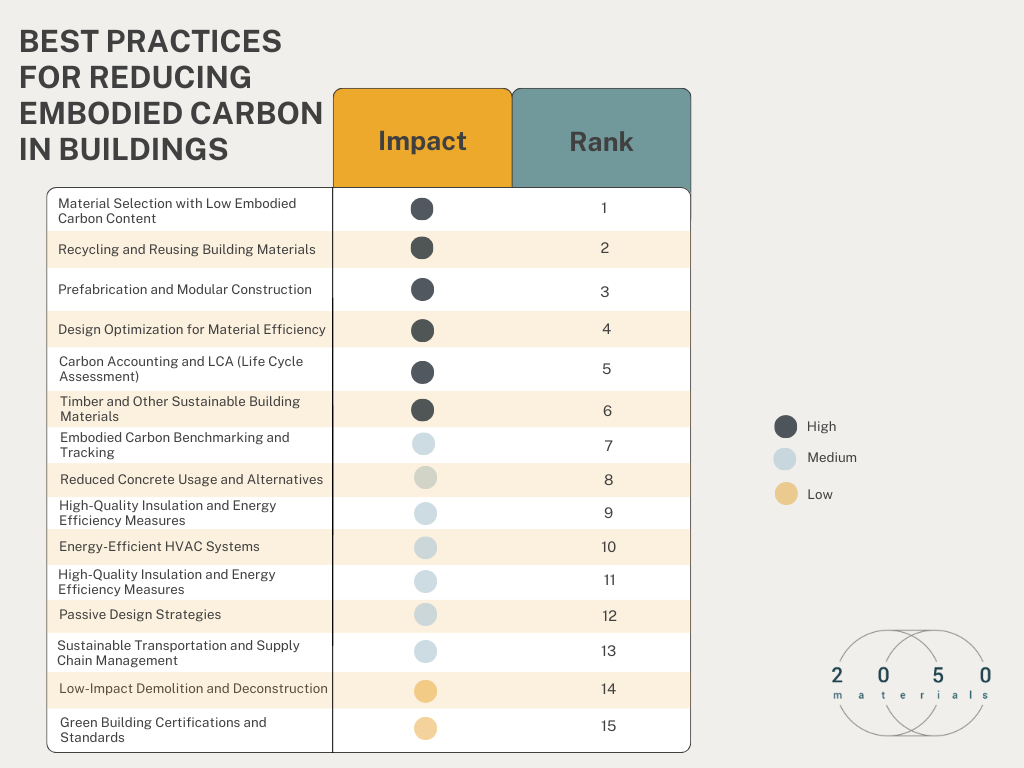
Illustrated chart for “Best Practices For Reducing Embodied Carbon in Buildings” by 2050 Materials
4- Living Building:
The Living Building challenge is an invitation to construct buildings that will reshape the built environment of the future. It is currently the most advanced indicator of sustainability in the built environment. Twenty requirements, drawn from the fields of architecture, engineering, planning, interior design, landscape design, and policy, must be fulfilled for a home to meet this comprehensive standard. Seven performance “petals” or categories, Place, Water, Energy, Health+Happiness, Materials, Equity, and Beauty, comprise these imperatives. Due to considerations like climate and closeness to water, regional solutions are generated in all challenging projects, and frequently, buildings will mimic natural phenomena in the local environment.
Check out the interesting figures in this case study on the Petal Certified Google Chicago Renovation.

Living Future — Petal Certified Google Chicago Renovation
Presenting you the tools
By signing up to 2050 Materials you will gain access to:
- Our product library with over 20,000 products populated with sustainability data from EPDs and other certifications
- An easy to use comparison feature to objectively compare product sustainability
- Access to our brand new LCA/carbon tool & our embodied carbon optimiser
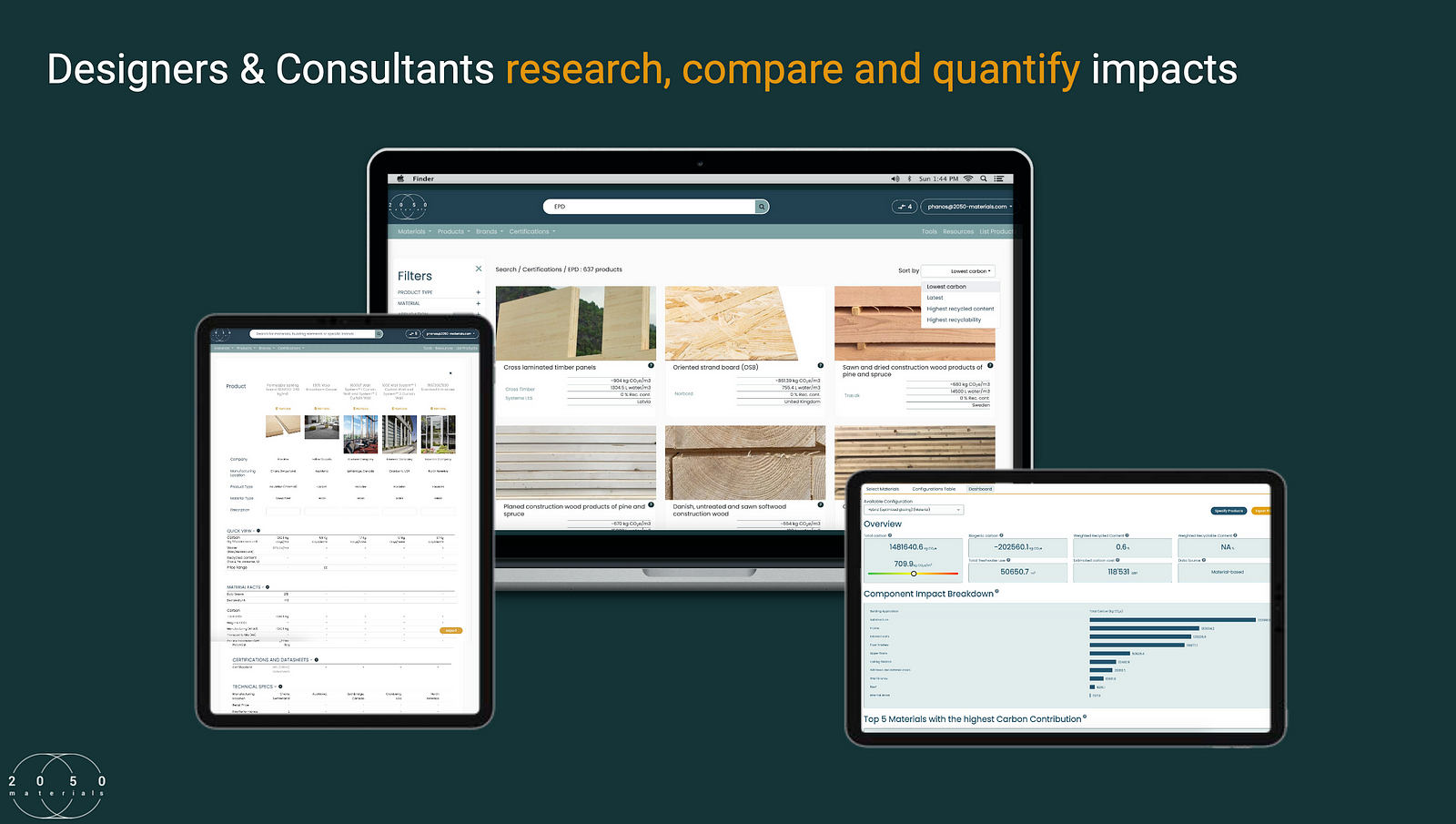
2050 Materials platform
Reach out to us at info@2050-materials.com if you are interested in a demo.
Sources:
Natural Resources Canada “R-2000: environmentally friendly homes” https://natural-resources.canada.ca/energy-efficiency/homes/buying-energy-efficient-new-home/r-2000-environmentally-friendly-homes/20575
Passivhaustrust “Passivhaus & the Sustainable Development Goals” https://www.passivhaustrust.org.uk/news/detail/?nId=1001
International Living Future Institute “Google Chicago Renovation” https://living-future.org/case-studies/google-chicago-renovation-2/
LLOYD ALTER “OK, what should a green building look like?” https://lloydalter.substack.com/p/ok-what-should-a-green-building-look?utm_source=profile&utm_medium=reader2
The Conversation “Labour’s low-carbon ‘warm homes for all’ could revolutionise social housing — experts” https://theconversation.com/labours-low-carbon-warm-homes-for-all-could-revolutionise-social-housing-experts-126329
BRE group “BREEAM: Costs plummet while value multiplies” https://bregroup.com/buzz/breeam-costs-plummet-while-value-multiplies/
Related articles

The Most Interesting Low Carbon Products in Office Design
In this article and collection, we highlight 11 outstanding products that contribute to a lower carbon footprint in office design.
Read more
Top Low Carbon Building Boards: Performance, Benefits, and Use Cases
The building boards highlighted in this article and collection showcase low-carbon innovation in modern construction.
Read more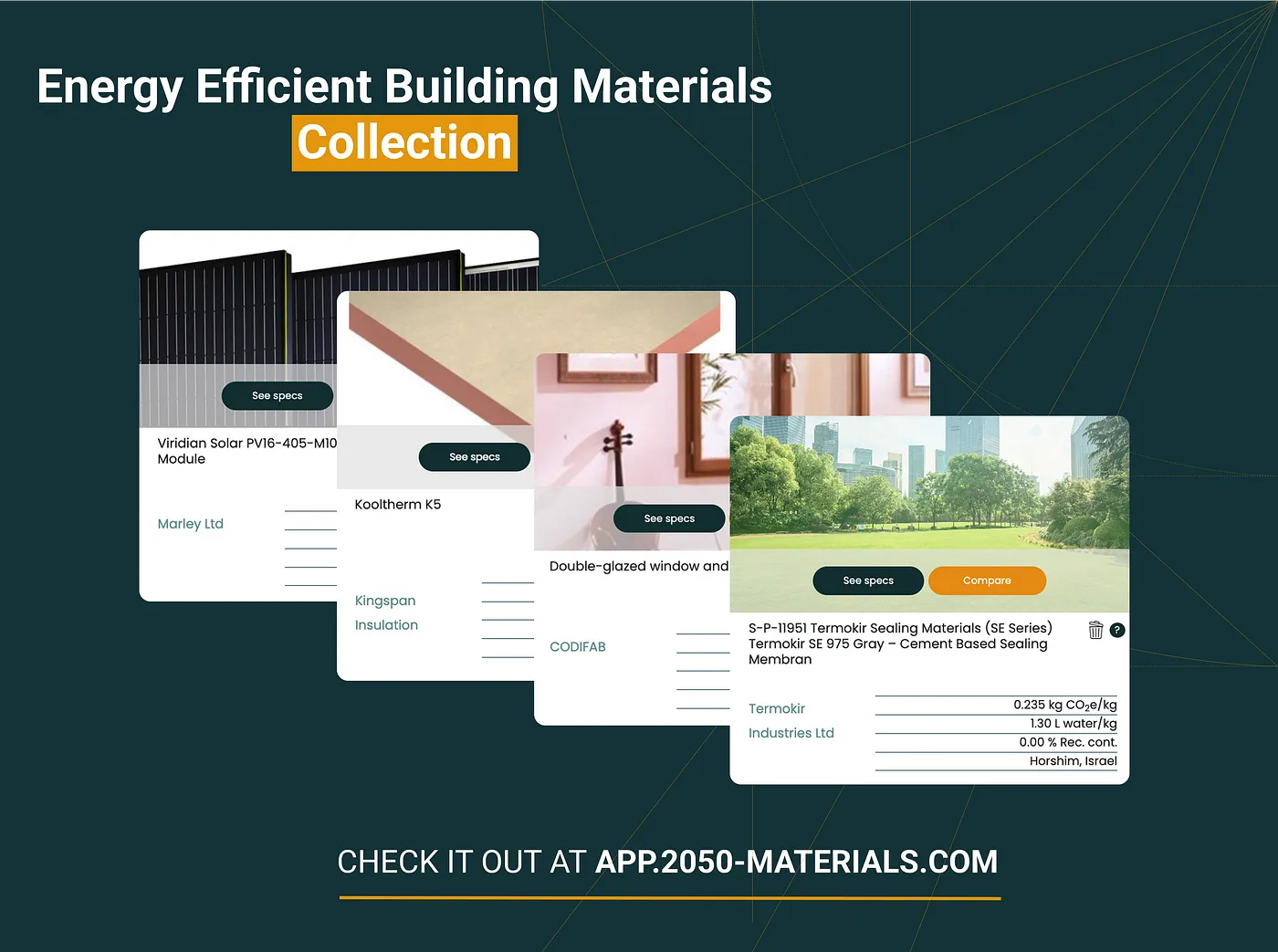
11 Interesting Energy Efficient Building Materials for Reduced Environmental Impact
Discover a collection of energy efficient building materials that not only reduce greenhouse gas emissions but also contribute to long-term durability.
Read more